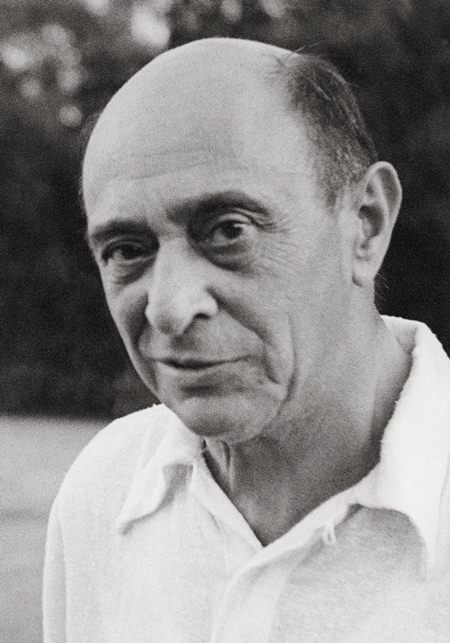
Recently I read somewhere that there are people who function more effectively at night, whereas others do so better during the day. I am definitively a day person, or to be more precise, a morning person. The mornings are the best time of the day for me – when the day is new and the sun is still rising. Mind you, I first have to stagger out of the bedroom, search for the kitchen and drink my regulation two pints of green tea. No breakfast thank you, for my youthful and delicate sylph-like figure has to be retained at all costs. I would hate to lose my job as a pole dancer.
But even so, I am not really a night person although I have several friends who stay up half the night hanging around in bars. This of course is shameful. They should be tucked up in bed dreaming of noble and wholesome things. Now then where was I? (I was beginning to wonder – Ed.)
Ah yes, night music. I suppose the first piece that springs to mind is Mozart’s Serenade No. 13 in G Major, better known as Eine Kleine Nachtmusik. Contrary to popular belief, the German title means “a little serenade”. The work is surrounded by mysteries. No one knows why Mozart wrote it or for whom. Oddly enough, we don’t even know when or where it was first performed. It lay forgotten for many years and wasn’t published until 1827 – thirty six years after Mozart had breathed his last. These days, it’s usually played by string orchestra but it was actually written for a string quartet with optional double bass.
I can’t think of many classical works that attempt to describe night-time. There’s Mussorgsky’s Night on the Bare Mountain and Manual de Falla’s Nights in the Gardens of Spain. Then there’s the lovely Summer Night on the River, by Frederick Delius. Beethoven’s Moonlight Sonata doesn’t count, because the music has nothing to do with the moon or even night time. The sonata acquired its evocative nickname five years after Beethoven’s death thanks to an imaginative German poet and music critic named Ludwig Rellstab.
Felix Mendelssohn (1809-1847): A Midsummer Night’s Dream Overture, Op.21. Moscow City Symphony “Russian Philharmonic” cond. Michail Jurowski (Duration: 11.09; Video: 1080p HD)
Mendelssohn was a child prodigy. He wrote his delightful String Symphonies when he was twelve and he was seventeen when he wrote this wonderful overture after reading a German translation of Shakespeare’s play. The English music writer and critic George Grove (he of dictionary fame) called the overture “the greatest marvel of early maturity that the world has ever seen in music”. It was intended as a stand-alone concert overture and not until many years later did Mendelssohn write the incidental music for the same play. The famous Wedding March comes from the later work.
This is a charming, evocative overture and remarkable for its striking orchestral effects, such as the imitation of scampering fairy feet near the beginning. It was reported that Mendelssohn sketched out the opening chords after hearing an evening breeze rustle the leaves in the garden of the family home. The orchestra in this video was formed in 2000 by Moscow City Government and was the first symphony orchestra based in the Russian capital.
Arnold Schoenberg (1874-1951): Verklärte Nacht, op. 4. Ozawa Saito Kinen Orchestra, cond. Seiji Ozawa (Duration: 34:56; Video: 720p HD)
If the very mention of the name Schoenberg makes your toes curl in horror, fear not for this early composition has its roots in the nineteenth century and sounds more like a late work by Brahms. Although there are some terse moments there are also lyrical passages of lush and evocative harmonies. This is also a stunningly good performance.
After Schönberg moved to the United States in 1934, he altered the spelling of his surname to the less Germanic-looking Schoenberg. In photographs he always looks serious and intense, surprisingly perhaps for a man who evidently enjoyed watching Hopalong Cassidy movies and playing tennis.
Verklärte Nacht (“Transfigured Night”) dates from 1899 and was written before Schoenberg had developed serialism but was controversial because of the advanced harmonic language. Like Mozart’s Eine Kleine Nachtmusik, the work was originally written for a chamber ensemble but the composer later re-scored the work for string orchestra.
Schoenberg was born on 13th September and he had a morbid fear of the number thirteen. It’s evidently a condition known as triskaidekaphobia and one that he shared with Napoleon, Franklin D. Roosevelt and the novelist Stephen King. He was sure that he would die during a year which was a multiple of thirteen so he must have felt relieved to get through 1950 which is such a year. As fate would have it, he died a year later. On Friday, 13th July.
 |
 |
 |





